
Robert Louis Stevenson was the greatest Scottish hillwalker to never walk up any hills. Born into a family of famous lighthouse engineers, RLS had the leisure, and the temperament, to become an outdoor adventurer. But he didn't have the lungs. From childhood onwards he was permanently unwell, with what was diagnosed at the time as tuberculosis.
And so he became an adventurer in spirit only, and in the world of the imagination. 'Kidnapped', considered for a century or so as a book for boys, is in the current millennium taking its place among the top Scottish novels. With its overland journey from Mull to Edinburgh, the cave on Ben Alder, the troublesome crossing of Rannoch Moor, the hike out through the Braes of Balquidder, it ought in itself to count as hillwalking literature – apart from the awkward fact of being written by a non-hillwalker.
Much in 'Travels with a Donkey' is familiar to long-distance walkers of today. But some of it is unique
It was in August 1878, during one of his intervals of only mild ill-health, that RLS set out on an actual backpack trip, through the forests and quiet limestone hills of central France. And wrote one of the very earliest long-distance walk stories, great-grandfather to ten thousand blogs of today.
For twelve days he walked, musing on wolves and religious history, through a 'tanned and sallow autumn landscape, with black blots of fir-wood and white roads wandering through the hills'. To make things more difficult (every adventurer seeks to make things more difficult) he accompanied himself with a bad-tempered donkey called Modestine that he didn't know how to control. He camped out, soaking wet, in a fir wood in a gale of wind, deploying a home-made sheepskin bivvybag of his own invention. The weather improving a little, he camped out in a rat-infested chestnut grove which was far too close to the road.
A walker a century later writes somewhere of how he set out on his own long-distance trek from Monastier to St Jean du Gard. Trying to explain it to the locals in halting French: he would walk, just as a sort of holiday, to Langogne, and he would look for an inn, and then he would walk onwards to Chasseradès...
"Ah!" they exclaimed, "you mean like Robert Louis!" Due to his easy-to-understand English prose – but also because of being just such fun – RLS has always been popular with non-native readers. According to UNESCO, he's the 26th most translated author in the world: seven places above Ernest Hemingway, even if still a long way down from Agatha Christie and Enid Blyton (Nos. 1 and 4). And today, France's GR70 is labelled as the Chemin de Stevenson. The route of 272km (depending on exact start-point) has 8000m of ascent, rises to 1700m altitude, and is waymarked throughout. The 140th anniversary was marked by a caravan of donkeys along the entire trail over 15 days (3 days slower than Modestine).
Much in 'Travels with a Donkey' is familiar to long-distance walkers of today. The throwing away, at the end of Day 1, of essential equipment (the cold leg of mutton and the egg whisk) discovered to be less essential than a somewhat less heavy pack. Some of it is unique: the awkwardness of the revolver in the bottom of the sleeping bag. Bloggers and outdoor writers can only hope for some fraction of the freshness and vigour of this book from a century and a half ago. In the words of the innkeeper at Bouchet: "Whether people harvest or not in such or such a place; if there were forests; studies of manners; what, for example, I and the master of the house say to you; the beauties of Nature and all that."
"It is just that," says Robert Louis Stevenson.
- Mountain Literature Classics: Of Walking in Ice by Werner Herzog 15 Feb
- Mountain Literature Classics: South Col by Wilfrid Noyce 9 Jan
- My Favourite Map: Geology Plus Glaciers 11 Dec, 2023
- Mountain Literature Classics: Free Solo with Alex Honnold 29 Nov, 2023
- Mountain Literature Classics: That Untravelled World by Eric Shipton 3 Aug, 2023
- Mountain Literature Classics: Sir Gawain and the Green Knight 4 May, 2023
- Mountain Literature Classics: Menlove 9 Mar, 2023
- Mini Guide: The Cheviots 27 Feb, 2023
- Mountain Literature Classics: Basho - Narrow Road to the Deep North 12 Jan, 2023
- Mountain Literature Classics: Conquistadors of the Useless by Lionel Terray 17 Nov, 2022



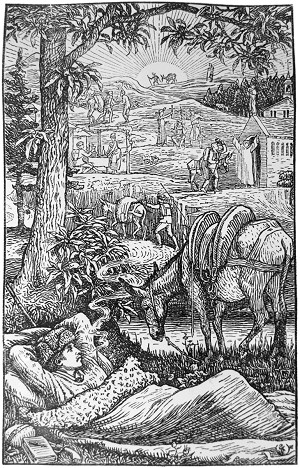
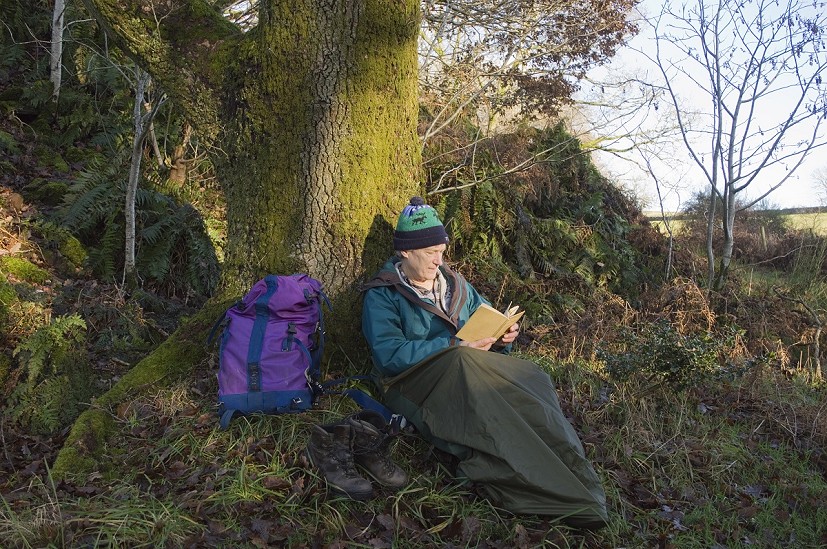



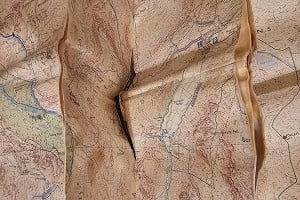
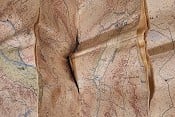
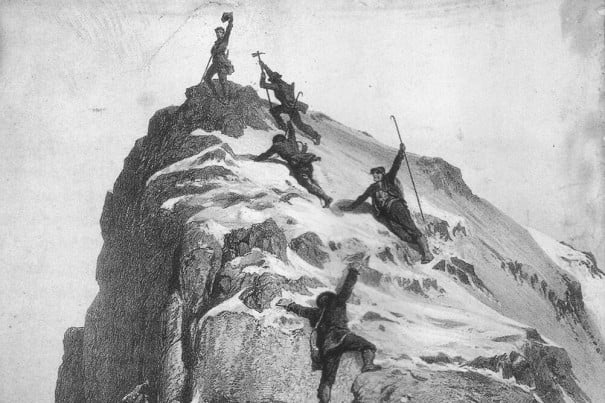

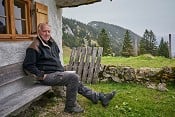
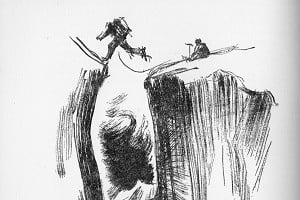



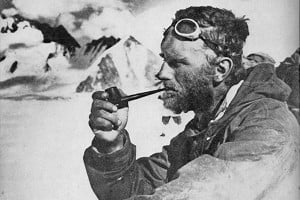

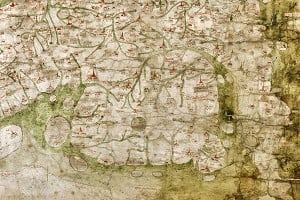


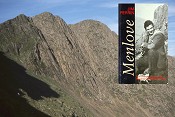
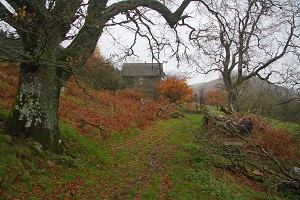
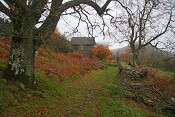
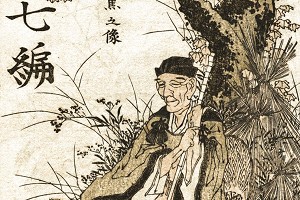

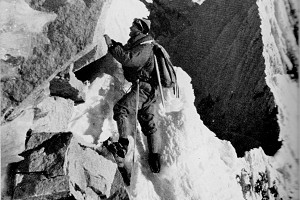
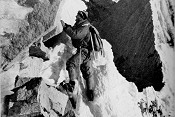
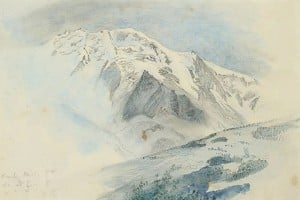
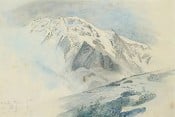
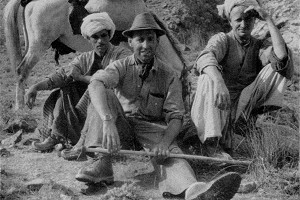
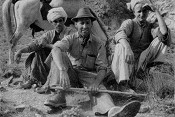
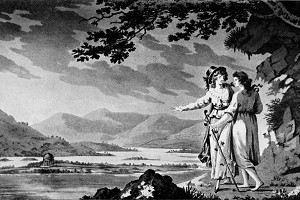
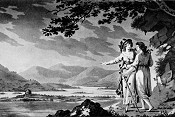
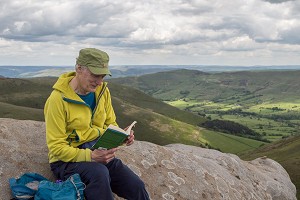
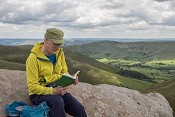
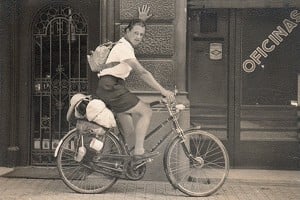
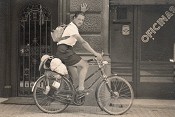
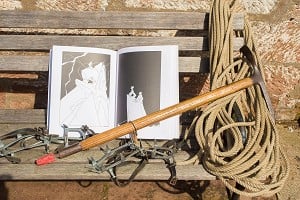

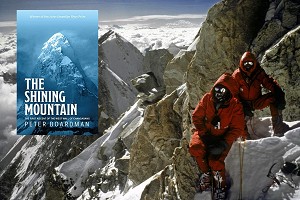



Comments